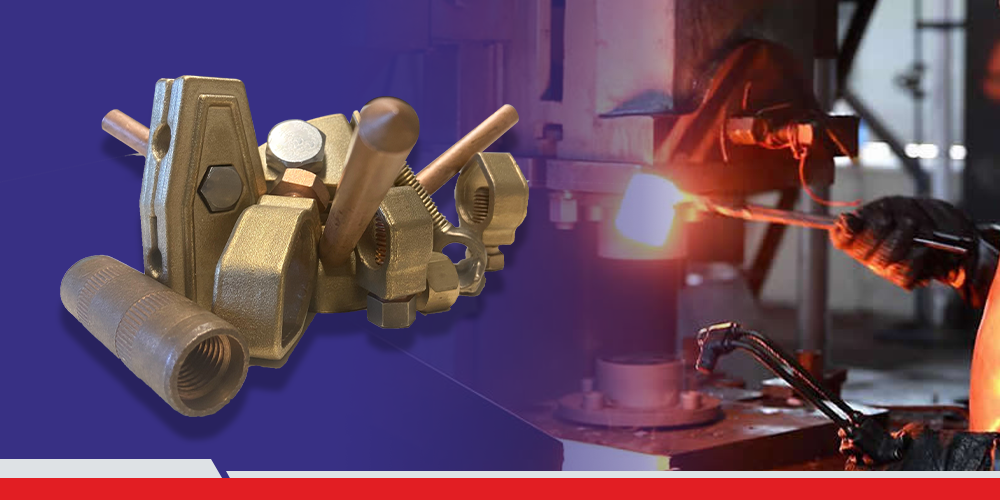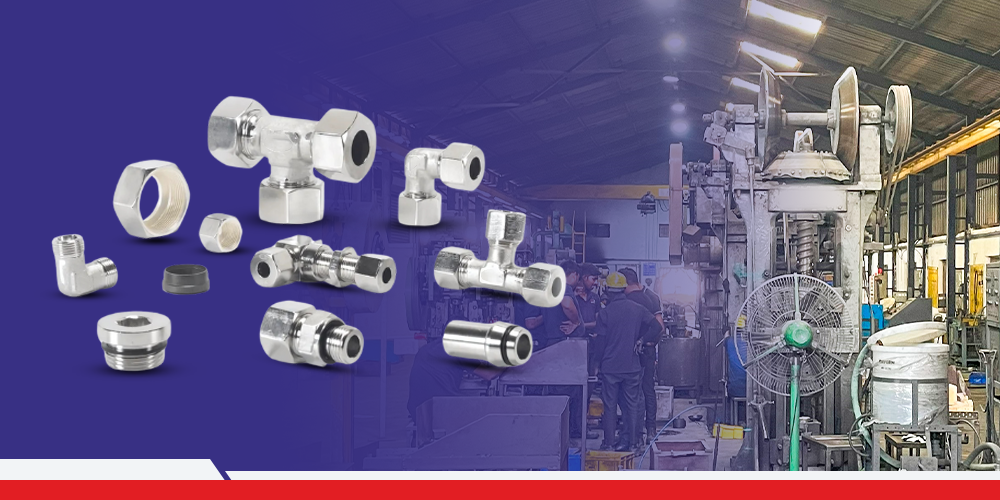Sales Inquiry
Unleashing the Power of Forging Materials in Fire and Safety Equipment

Advancing Safety with Non-Ferrous Forging Components:
Non-ferrous forging components, such as copper, brass, and bronze, possess extraordinary properties that not only contribute to the protection and effectiveness of critical systems in fire and safety equipment but also enhance overall safety measures. These materials offer a range of advantages beyond what has been previously mentioned.
Their non-magnetic nature ensures safe operation in even the most sensitive environments, shielding them from magnetic interference that could potentially disrupt or compromise the functionality of vital systems. This characteristic is particularly important in applications where precision and accuracy are crucial, as non-ferrous metals maintain their integrity without succumbing to magnetic fields.
Additionally, non-sparking attributes significantly reduce the risk of catastrophic explosions or accidental ignition. This quality is especially valuable in industries where flammable or explosive substances are present. By utilising non-ferrous forging components, engineers and professionals can mitigate the dangers associated with sparking, thereby ensuring the safety of personnel and critical equipment.
Moreover, the exceptional thermal conductivity of these forging materials allows for efficient heat management within fire and safety equipment. By confining heat within specific boundaries, non-ferrous metals minimise potential damage to surrounding components and contribute to the longevity and reliability of the overall system. This capability is particularly relevant in applications such as firefighting equipment and heat-sensitive environments where temperature control is essential.
Furthermore, the high electrical conductivity of non-ferrous metals enables the efficient transmission of signals and power in critical electrical systems. This characteristic ensures the reliable operation of vital equipment, such as fire alarms, control panels, and emergency lighting systems. By utilising non-ferrous forging components, engineers can maximize the performance and effectiveness of these electrical systems, contributing to the overall safety and functionality of fire and safety equipment.
In addition to their functional benefits, non-ferrous metals align with the growing focus on sustainable practices in the industry. These materials can be recycled repeatedly without compromising their inherent properties. By incorporating recyclable non-ferrous forging components into the manufacturing processes of fire and safety equipment, companies can reduce their environmental impact and contribute to a more sustainable future. This commitment to sustainability benefits the planet and enhances the industry's reputation as a whole.
Statistics Highlighting the Importance of Forging Materials:
The utilisation of non-ferrous forging materials in fire and safety equipment has witnessed steady growth in recent years, owing to the numerous advantages they offer. To shed light on the significance of these materials in the industry, let's consider some statistics:
According to a report, the global non-ferrous forging market is projected to reach a value of $53.4 billion by 2028. This substantial market growth reflects the increasing demand for non-ferrous materials in various applications, including fire and safety equipment.
The market size for global fire safety equipment was valued at USD 47.3 billion in 2020 and is expected to grow at a compound annual growth rate (CAGR) of 7.1% from 2021 to 2028. This growth can be attributed to factors such as rising construction activities, stricter regulations concerning fire safety, and the growing awareness among individuals about the importance of fire prevention and protection.
Electrical malfunctions are a major cause of fire incidents. By utilising non-ferrous materials in fire and safety equipment, the risk of electrical-related fires can be significantly reduced. The non-sparking nature of these materials ensures that sparks or heat generated during equipment operation do not trigger ignition in potentially hazardous environments.
Conclusion:
The utilisation of forging materials in fire and safety equipment is of utmost importance for ensuring effective protection against fires and promoting overall safety. As the fire and safety industry continues to evolve, embracing the advantages of forging materials and leveraging their potential is crucial to developing innovative and reliable solutions.
Visit our website to learn more about our non-ferrous forging components and discover how they can enhance the performance of your fire and safety equipment. Together, let's forge a safer future.






